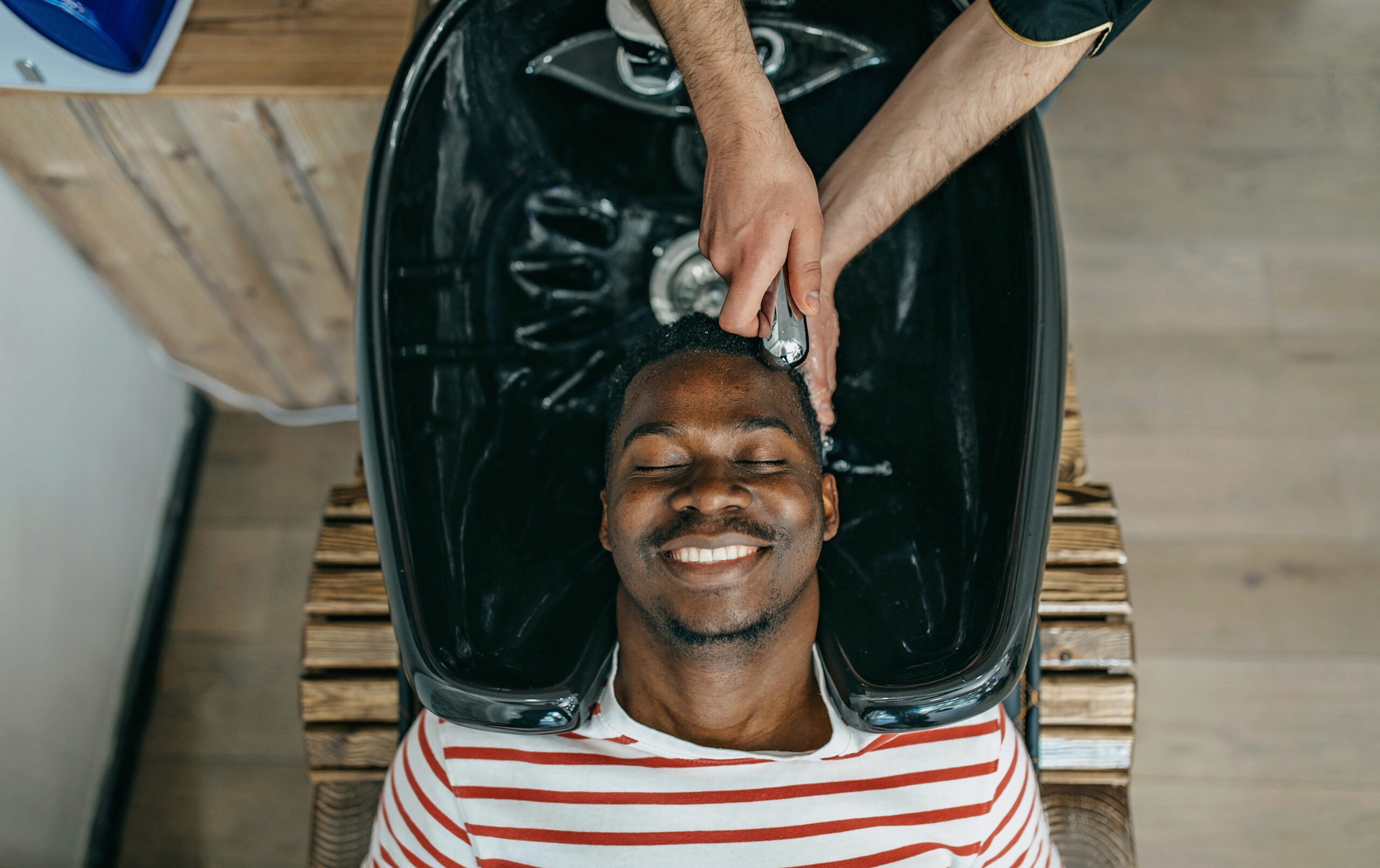As a Black boy mom, you’re not just raising a son. You’re also navigating the unique joys and challenges of keeping his hair fly. There are too many trends to keep up with, but these often protective styles aid in maintaining the health and strength of his hair.
One that has seen a significant rise in popularity are spider locs. Originally gaining traction in the natural hair community, spider locs have an unique aesthetic and versatility. Here’s everything you need to know about spider locs, including what they are, how they’re done, and how to maintain them through a spider locs retwist.
What Are Spider Locs?
Spider locs are a variation of traditional locs with a unique, textured look. They’re loose or fluffy locs. They have a slightly undone, web-like appearance, lending to the name “spider” locs. Unlike classic locs that tend to be more uniform, spider locs embrace a more free-spirited vibe, with thick, twisted strands that appear almost as though they’re intertwining.
These locs can be created using different techniques, though their defining characteristic is their intentionally irregular, “spidery” texture. They’re ideal for those who want the longevity and low maintenance of locs but with a softer, more textured finish.
How to Do Spider Locs Retwists
Because they’re an intricate style, it’s essential to upkeep spider locs to look fresh and well-defined. Regular retwisting is key to making sure the locs don’t unravel or become tangled. If you’re new to retwisting locs, don’t fret. It’s a manageable process with the right tools and techniques.
Materials Needed
- Moisturizing Shampoo: To cleanse the scalp and remove any product buildup.
- Deep Conditioner: To nourish and hydrate the hair.
- Hair Oil or Loc Butter: To add moisture and prevent dryness.
- Hair Clips: To section the hair as you work.
- Rat-tail Comb: For parting and sectioning.
- Loc Gel or Wax: (optional) For added hold, but not too much to avoid buildup.
- Finger Comb or Locing Tool: To retwist and shape the locs.
- Water Bottle: To keep the hair damp during the process.
Spider Locs Retwist Tutorial
- Wash and Condition: Start by washing your child’s hair with a moisturizing shampoo. This will cleanse the scalp and remove any product buildup. Follow with a deep conditioner to keep the hair soft and hydrated. It’s important to make sure you moisturize the hair, as locs can sometimes become dry if not properly cared for.
- Section the Hair: Use the rat-tail comb to section the hair into manageable parts. Clip each section away as you work through the rest of the hair. Depending on the thickness and length of the locs, you may want to create larger or smaller sections.
- Apply Moisture and Oil: Lightly spritz each section with water to ensure the hair is damp, which will make the retwisting process easier. Follow this with a hair oil or loc butter, massaging it into the scalp and locs. This helps to maintain moisture and keep the scalp healthy.
- Retwist the Locs: Take one loc at a time and begin retwisting it. Use your fingers to gently twist the loc, starting at the root. If the loc is already established, you may need to retwist the root and any parts that have loosened over time. Make sure to twist in the same direction to maintain consistency.
- Secure the Locs: Once you’ve retwisted each loc, clip them in place to hold the twist as it sets. If necessary, apply a small amount of loc gel or wax for added hold, but be mindful not to overuse these products, as they can lead to buildup.
- Dry and Style: Once all the locs have been retwisted and secured, allow them to air dry, or use a hooded dryer for faster results. Once dry, gently remove the clips, and your son’s spider locs will be ready to rock their refreshed, spider-like shape!
- Maintenance: To maintain the look, repeat this retwisting process every 4 to 6 weeks, depending on the rate of hair growth and how much the locs have loosened. Be sure to keep the scalp moisturized between retwists to avoid dryness and breakage.
